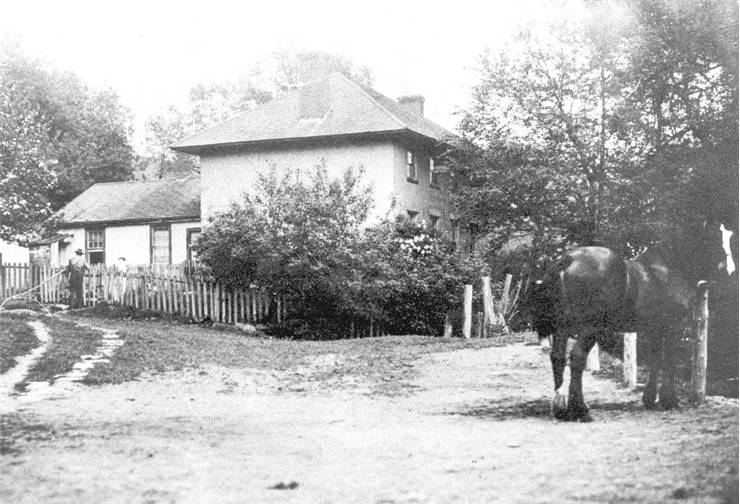Virtual Museums - History and Facts
A virtual museum is a digital media collection (photos, audio, or text) accessible through a computer. They can be online and accessible through the World Wide Web, and offline and be on a laptop from which they are used or recorded on some medium - CD or DVD. Virtual museums can be digital representations of real-world art or be art on their own, creations created digitally without real-world counterparts. Similarly to actual museums, virtual museums can be made to have a defined theme. They are made in a virtual medium because of their easy access, high interactivity, and speed.
Most museums now have web pages on the internet but differ in how close they come to a virtual museum. Some only give information about themselves, while others make full virtual museums and exist only online, with all the material uploaded and accessible online. Some of the earliest virtual museums were the Museum of Computer Art, Web Museum, ParisLin Hsin Hsin Art Museum, The Museum of the History of Science in Oxford, Ljubljana: Open-Air Museum, Virtual Museum of Computing, Virtual Museum of New France, The Natural History Museum of Los Angeles County, WebExhibits, the Science Museum in London and ibiblio. Some modern virtual museums are America's Black Holocaust Museum, the International Museum of Women, the International New Media Gallery, the Google Art Project, the Movement Museum, and The Hairpin Museum.

Virtual museums can have a standard 2D environment similar to web pages where users navigate through the museum material as they would navigate through standard web pages. They can also have a 3D environment where users move through designed 3D space modeled to give visitors a sense of spatiality, in which objects and artifacts are placed that visitors come to see. Most virtual museums have .org domains as their suffix, but some can have .gov or .edu.

